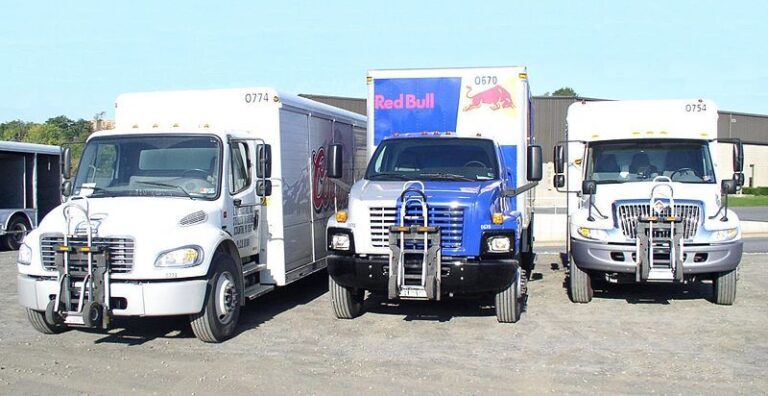9 Key Steps for Successful Research and Product Development
Embarking on the journey of research and product development is akin to setting sail into uncharted waters. It’s a process that demands creativity, precision, and a strategic mindset.
Navigating through this terrain requires a robust roadmap, highlighting the essential steps towards innovation. This blog aims to unveil these crucial stages, ensuring your venture in research and product development is not only fruitful but also rewarding.
From ideation to market launch, each phase is pivotal. Join us as we explore the 9 key steps, guiding you through the maze of product innovation.
Ready to transform your idea into reality? Read on!
1. Identifying Market Needs
The first step in innovation is figuring out what the market needs. This is very important to make sure that the product meets real, existing needs. In this step, you have to do a lot of biotechnology research and development, like looking at current market trends, finding out what customers are having trouble with, and finding gaps in what the market already has to offer.
Surveys, interviews, and focus groups with potential customers can give you a lot of useful information. It’s about understanding what the market wants, figuring out how people act, and guessing what the next big trend will be.
Finding out what the market wants helps developers make products that meet customer needs, which greatly improves the chances of success and acceptance in the market. This important step sets the direction for all the other steps in product development, so it’s a must for any business that wants to be innovative.
2. Conceptualizing the Product
Once you know what the market wants, the next important step is to come up with ideas for the product. In this step, you’ll turn your ideas and needs into a product concept that can be made.
Using technology, design thinking, and new ways of solving problems, teams brainstorm to come up with creative solutions. Sketches, prototypes, and digital models are often used to make ideas more concrete and improve them over time.
The goal is to come up with a clear, appealing product idea that meets the needs and meets the expectations that were found in the market research and development process phase. When the conceptualization stage goes well, the project goes from being vague to being concrete during the design and development stages.
3. Feasibility Analysis
A feasibility study is an important step in turning ideas for products into real ones. It checks whether the proposed project is possible, how dangerous it is, and how much it will cost. Experts look at technical, economic, and legal factors to guess whether something will work or not.
This step makes sure that resources are used wisely by putting the projects that have the best chance of being successful on top of the list. A thorough analysis can cut down on financial risks and speed up the development process by a large amount.
4. Design and Development
From ideas to real things happen in the Design and Development phase. Making detailed designs, choosing materials, and laying out how the product will be made are all part of this stage.
Multiple teams work together to improve the product’s usefulness and good looks. To make changes based on feedback and testing, iterative prototyping is very important.
5. Prototype Testing
For prototype testing, the product is tested in the real world to find any problems that might arise. This step is very important for checking how well the design works, how long it will last, and how user-friendly it is.
Test feedback can help you make the necessary changes to make sure the final product meets market standards. The process is done over and over, and the prototype usually needs more than one try before it’s perfect.
6. Market Testing
Market testing lets businesses find out how customers will react before a full-scale launch. It involves showing the prototype to a specific group of people and getting feedback on how appealing and useful it is.
Based on data from the real world, this phase helps improve marketing plans and product features. Making changes after testing a product on the market can greatly increase its success.
7. Business Analysis
Business analysis is an important step that looks at how profitable and popular the product could be. It includes making detailed financial plans, setting prices, and figuring out how to break even.
During this phase, the competitive landscape is also looked at to find ways to stand out. Strategic decisions are based on the insights gained, which make sure that the product can make money.
8. Product Launch Planning
Product Launch Planning is the last step in making a product and the first step in putting it on the market. Setting launch goals, planning marketing campaigns, and setting up channels of distribution are all part of this strategic phase.
Teams work together to make sure the launch goes smoothly, with a focus on getting potential customers interested and creating a buzz. When you work should depend on how ready the market is and how interested customers are.
9. Commercialization and Scaling
Commercialization and Scaling are the last steps in the product development process. This is where the product is made available to more people. Putting the launch plan into action, overseeing large-scale production, and growing the market are all parts of it.
Marketing efforts are stepped up to get more people to know about the brand and buy things. This step is very important for building a strong market presence and creating long-term revenue streams. To navigate the changing market and ensure long-term success, you need to keep evaluating and changing your strategies.
To support innovation, many governments offer incentives for R&D activities. Engaging with SRED consultants can help businesses identify and apply for these incentives, making the venture into new product development more feasible and attractive financially.
Unveiling Success Through Research and Product Development
Research and product development are important for businesses to come up with new ideas and stay competitive. Planning and doing are very important for everything from figuring out what the market wants to grow to making a business successful.
To do research and make new products, you need to be focused, creative, and persistent. By following these steps, companies can make their products more successful.
Effective product development and research are what keep an industry growing and coming up with new ideas. It changes problems into long-term growth.
Did you like this guide? Great! Please browse our website for more!



